Cool and Easy Science Projects for 6th Graders
Hands-on science is the best way to learn at any age. When you see concepts in action, you really understand them. These sixth grade science activities include experiments to try in the classroom as well as projects perfect for the next science fair. Bring on the science!
(Just a heads up, WeAreTeachers may collect a share of sales from the links on this page. We only recommend items our team loves!)
1. Code a room using LEGO bricks
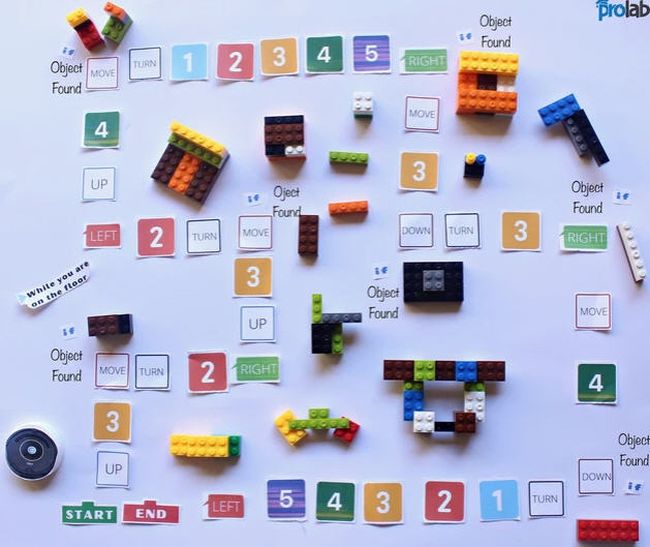
Robotic vacuums navigate a maze to clean a room without hitting obstacles. This requires coding, and kids can learn more about it using LEGO bricks in this intro to coding project.
Learn more: ProLab/LEGO Coding
2. Build a Ferris Wheel
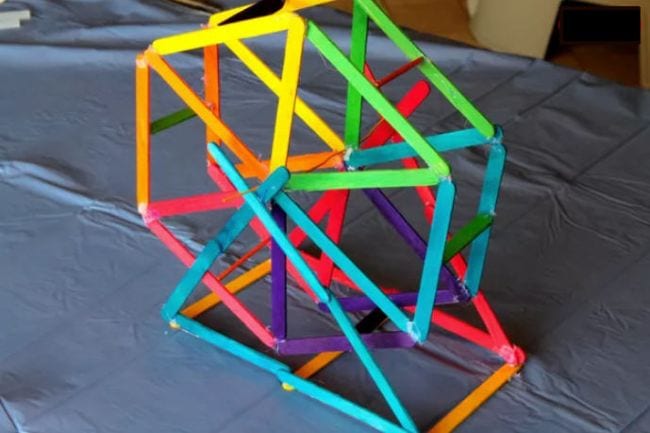
Most of your students have probably ridden on a Ferris Wheel, but can they build one themselves? Stock up on wood craft sticks and find out! Let them play around with different designs to see which one works best.
Learn more: Teachers Are Terrific and eHow
3. Build a paper plane launcher
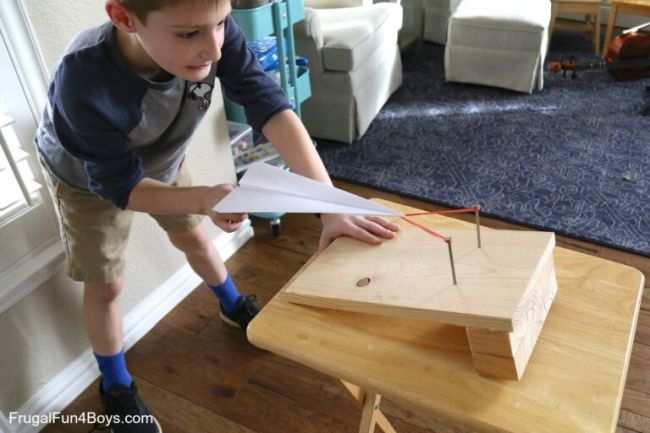
Here's a cool project for a sixth grade science fair! Design and build a paper airplane launcher that can fly a plane farther than anyone else's.
Learn more: Frugal Fun for Boys and Girls
4. Make motorized tiny dancers
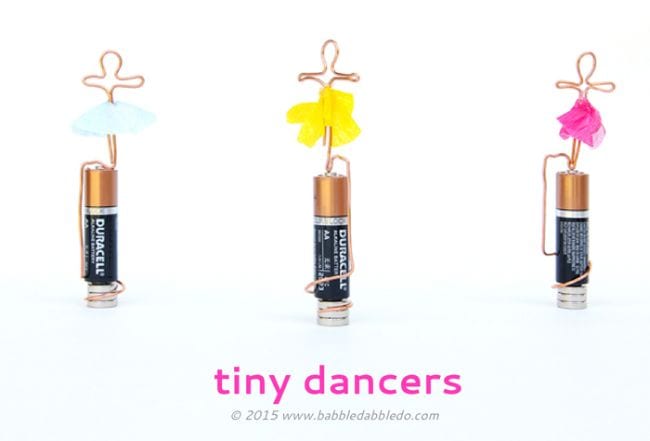
Build a homopolar motor to make little spinning wire dancers. It takes a little practice to get it right, but the instructions at the link below walk you through the process.
Learn more: Babble Dabble Do
5. Amplify your smartphone with basic supplies

No Bluetooth speaker? No problem! Build your own from paper cups and a toilet paper tube. This is a project that's sure to amaze kids.
Learn more: The Mad House
6. See the effects of an oil spill
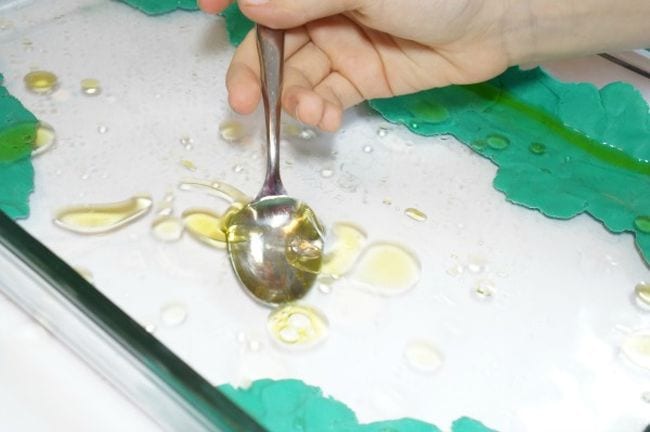
Learn why an oil spill is so devastating for wildlife and the ecosystem with this hands-on activity. Kids experiment to find the best way to clean up oil floating on water and rescue the animals affected by the spill.
Learn more: Kitchen Counter Chronicles
7. Wear a gene bracelet

This is a neat way to talk about our genes. Have each student add pony beads to their bracelet to represent different traits. Then they can compare their differences and similarities. It's likely that no two students will have the same bracelets!
Learn more: Pragmatic Mom
8. Assemble a simple motor
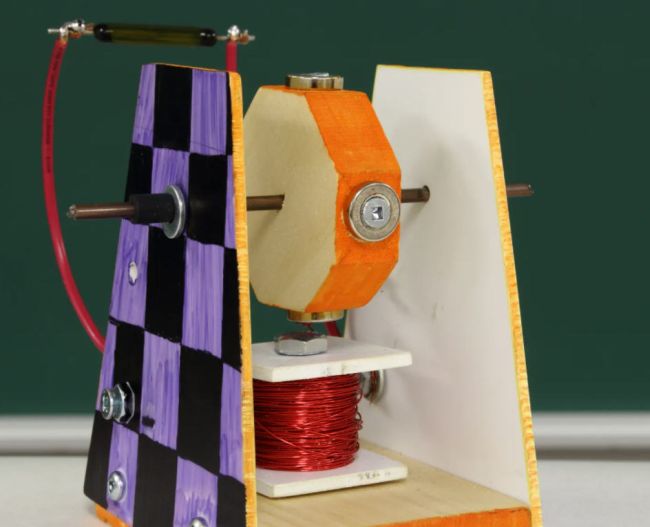
Looking for a sixth grade science fair project that's impressive but not too complicated? Build your own simple motor! You only need a few special supplies, including insulated copper wire and neodymium magnets.
Learn more: Home Science Tools
9. Make naked eggs
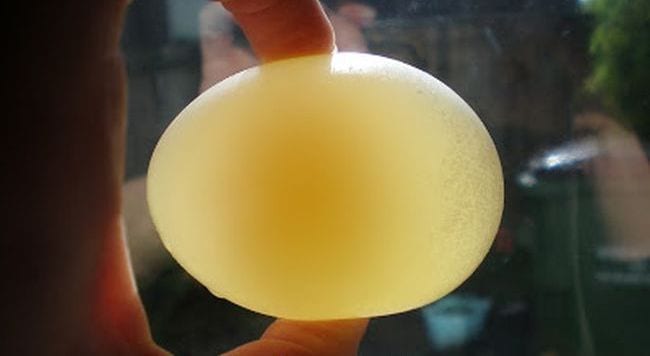
Students dissolve the calcium carbonate eggshell in vinegar and discover the membranes beneath that hold the egg together. It's a unique and intriguing way to learn about acid-base reactions.
Learn more: Making Memories With Your Kids
10. Experiment with naked eggs
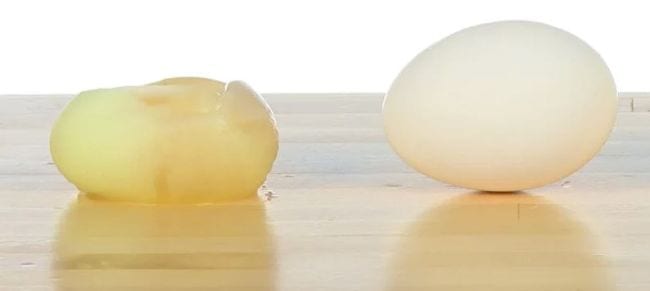
Now, submerge those naked eggs in corn syrup and water to learn about osmosis. The eggs shrink or grow, depending on the liquid they're placed in—so cool!
Learn more: Exploratorium
11. Light up glow salt circuits
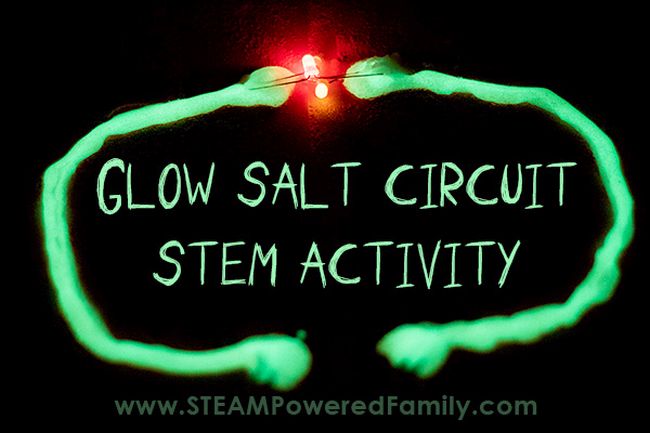
Glow-in-the-dark glue makes this salt circuit project even more fun and engaging. You'll also need a double AA battery pack with alligator clips and small LED bulbs.
Learn more: STEAM Powered Family
12. Send water traveling down a string
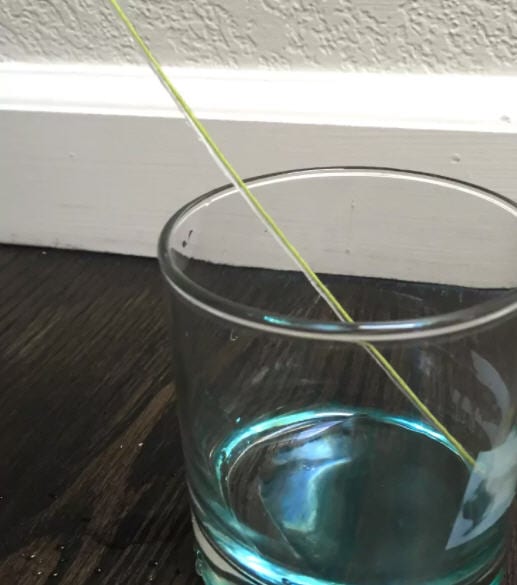
Explore the properties of cohesion and adhesion with this simple experiment using only water and cotton string. Expand your learning by trying the same experiment with different materials and liquids.
Learn more: Rookie Parenting
13. Grow your own geodes in eggshells

The magic of crystals never fails to amaze! Crystal experiments are a favorite way to teach about supersaturated solutions. In this one, they'll wind up with an amazing eggshell geode to take home.
Learn more: The Scott Cottage
14. Launch a two-stage rocket
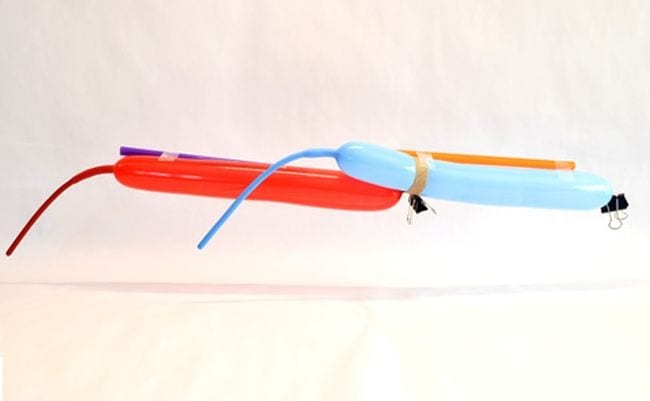
The rockets used for space flight generally have more than one stage to give them the extra boost they need. This experiment uses balloons to model a two-stage rocket launch, teaching kids about the laws of motion.
Learn more: Science Buddies/Two Stage Balloon Rocket
15. Grow a carbon sugar snake

You'll probably want to take this giant carbon sugar snake experiment outside, but it's surprisingly easy to do! Kids will be amazed, and they'll learn about chemical and thermal reactions.
Learn more: KiwiCo
16. Assemble a steady-hand game
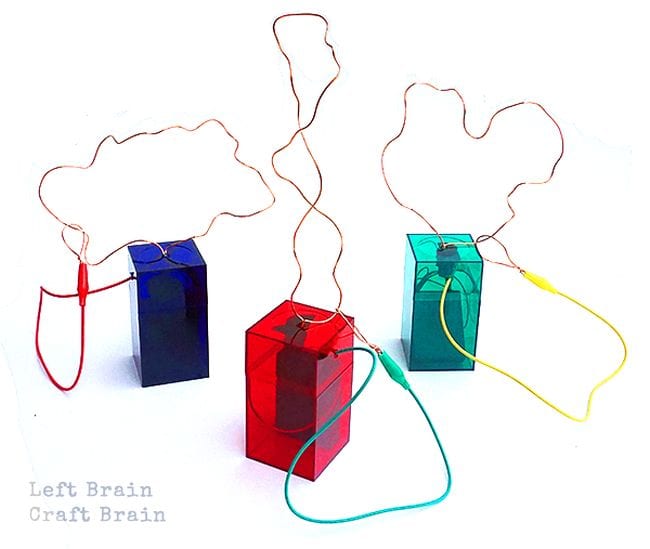
This is such a fun way to learn about circuits! It also brings in a bit of creativity, adding the "A" to STEAM.
Learn more: Left Brain Craft Brain/Steady Hand Game
17. Change the color of a liquid in an instant
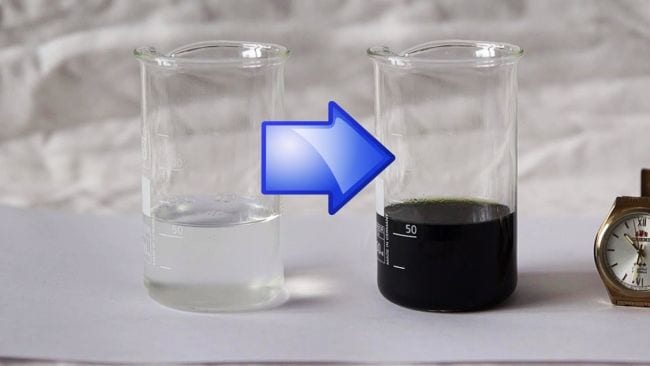
Want to see your kids gasp in amazement? Perform the iodine clock reaction. You only need a few drugstore chemicals to change the solution from clear to dark blue faster than students can blink.
Learn more: Science Bob
18. Turn milk into plastic
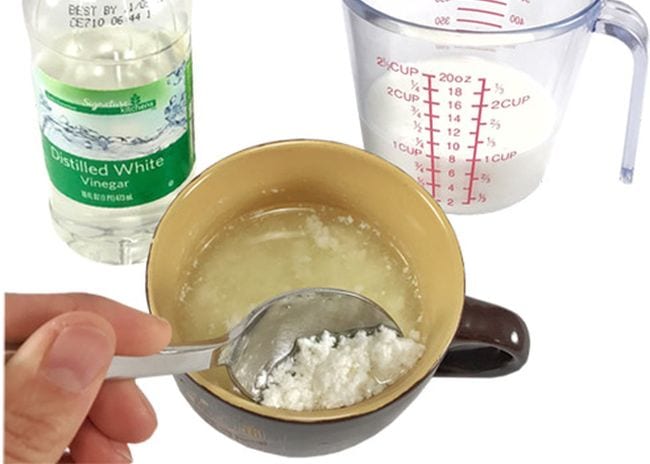
Use simple kitchen supplies to create plastic polymers from plain old milk. Kids will have fun sculpting the casein polymers into shapes while learning about the polymerization of plastics.
Learn more: Science Buddies/Milk into Plastic
19. Engineer a cell phone stand
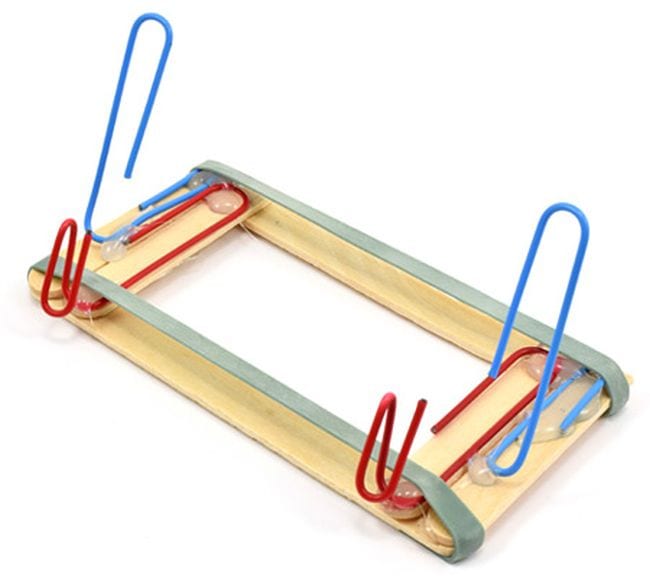
Your sixth grade science students will be thrilled when you let them use their phones in class! Challenge them to use their engineering skills and a small selection of items to design and build a cell phone stand.
Learn more: Science Buddies/Engineer Cell Phone Stand
20. Do the Archimedes squeeze
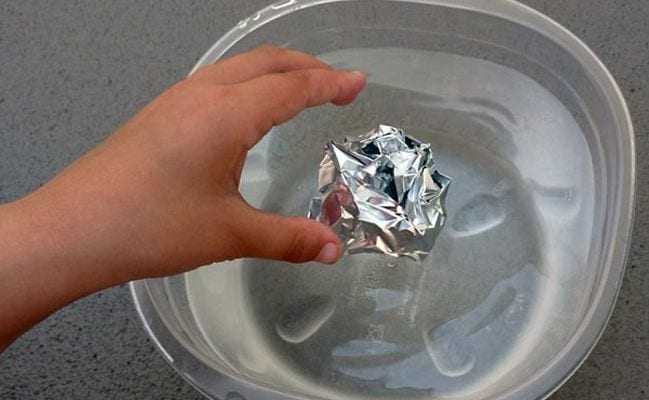
It sounds like a wild dance move, but this sixth grade science experiment helps kids understand Archimedes' principle. All you really need is aluminum foil and a container of water.
Learn more: Science Buddies/Archimedes Squeeze
21. Levitate a ping-pong ball

Kids will get a kick out of this experiment, which is really all about Bernoulli's principle. You only need plastic bottles, bendy straws, and ping-pong balls to make the science magic happen.
Learn more: Buggy and Buddy
22. Use a fidget spinner to understand inertia

Learning about the Laws of Motion? This experiment uses a fidget spinner with three lights to show how mass and torque affect inertia.
Learn more: From Engineer to Stay at Home Mom
23. Look for iron in your breakfast cereal
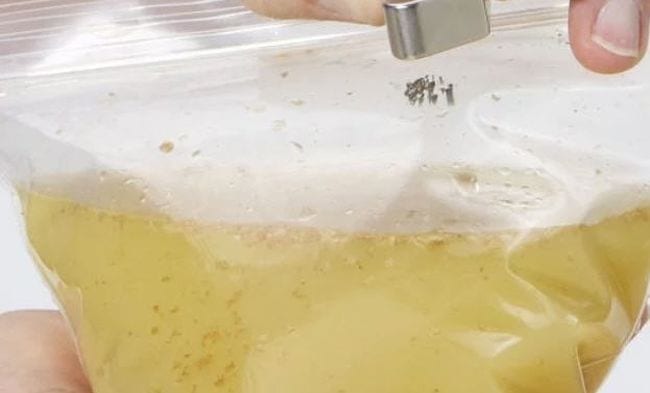
The human body needs iron to be healthy, and many breakfast cereal boxes boast they contain it. Find out if that's really true with this sixth grade science experiment that's bound to surprise with its results.
Learn more: There's Just One Mommy/Iron in Cereal
24. Fire catapults to learn about trajectory
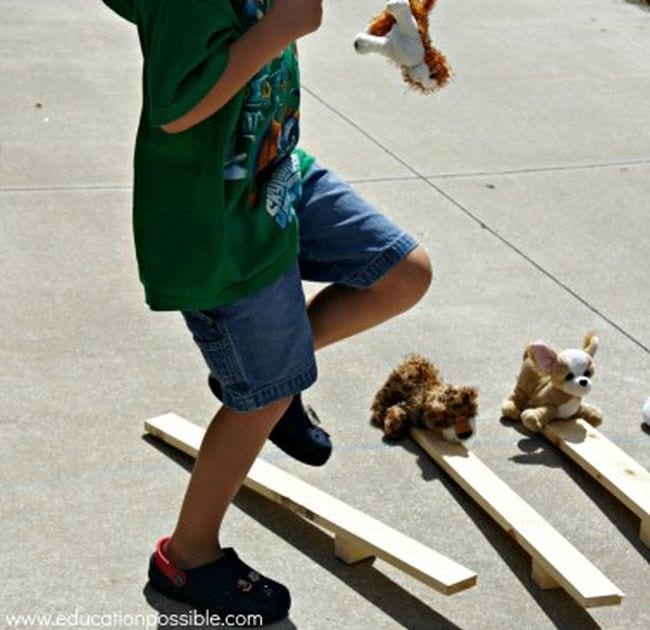
Sending stuffed animals flying in the name of science? Sixth grade students will be all over it! This simple catapult activity focuses on the trajectory of objects based on force and other factors.
Learn more: Education Possible
25. Build a heart pump model
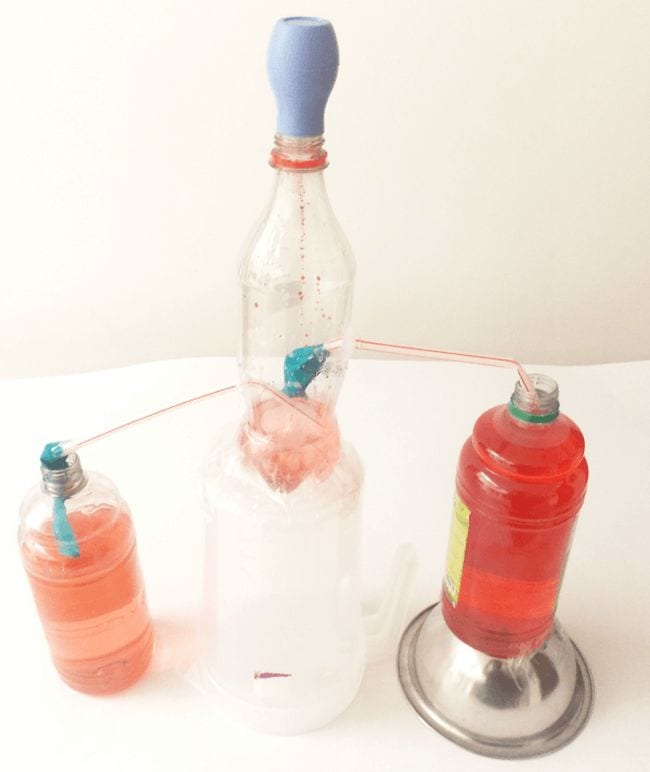
Students gain a deeper understanding of the cardiovascular system when they construct a working model of a heart ventricle.
Learn more: Tina's Dynamic Homeschool Plus
26. Construct a pair of model lungs
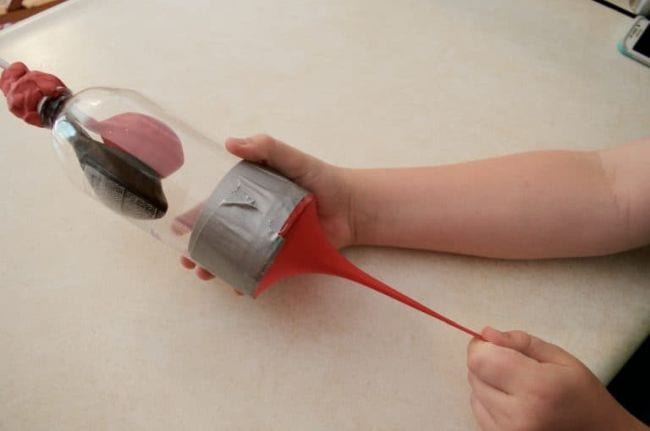
Kids get a better understanding of the respiratory system when they build model lungs using a plastic water bottle and some balloons. You can modify the experiment to demonstrate the effects of smoking too.
Learn more: Surviving a Teacher's Salary
27. Dissect an owl pellet
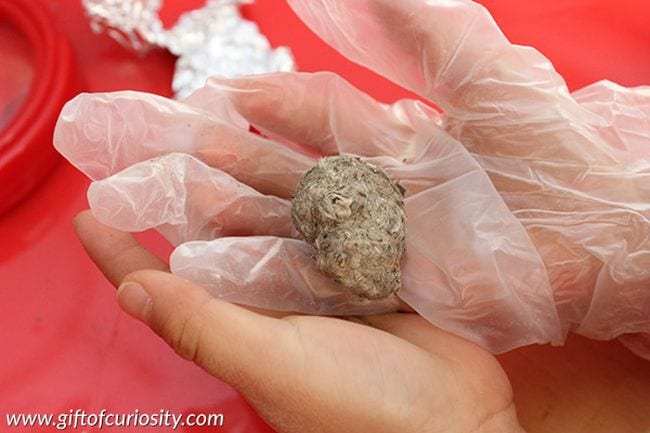
Dig into an owl's undigested meals (it's not as gross as it sounds!) to discover what their diet consists of. Owl pellets are readily available online, and kids will be intrigued by what they find.
Learn more: Gift of Curiosity
28. Turn a potato into a battery
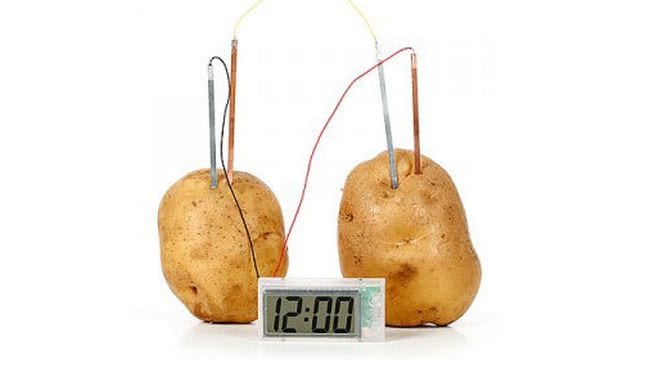
This project is an oldie but a goodie! This experiment uses the potassium in the potato to conduct energy and can also be done with lemons or other high-potassium fruits and veggies. This inexpensive kit has all the supplies you need.
Learn more: Kidzworld
29. Study sound waves with a spoon

With just yarn and a metal spoon, learn how vibrations create sound and explore the role of conductors.
Learn more: Edventures with Kids
30. Engineer a craft stick bridge
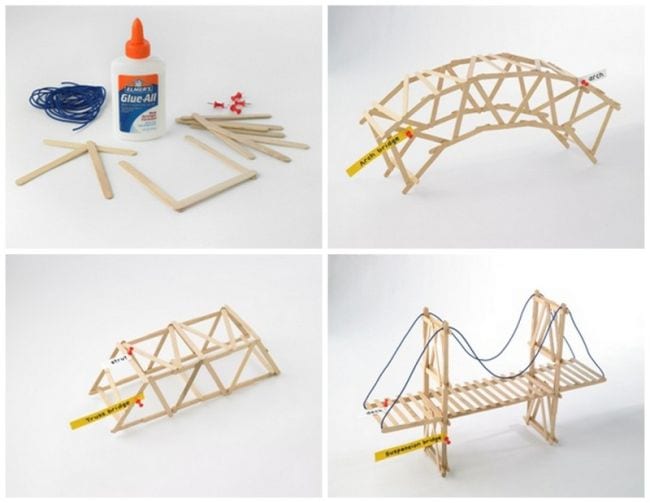
Challenge groups to build a bridge with Popsicle sticks and find out which design can bear the most weight.
Learn more: There's Just One Mommy/Craft Stick Bridges
31. Make sparks with steel wool
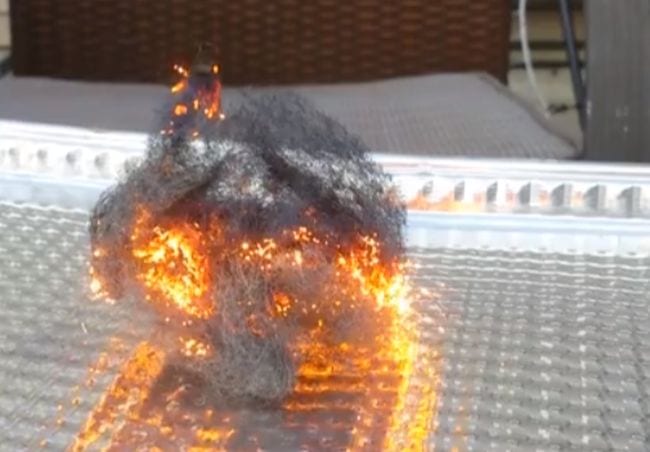
All you need is steel wool and a 9-volt battery to perform this science demo that's bound to make their eyes light up! Kids learn about chain reactions, chemical changes, and more.
Learn more: The Homeschool Scientist
32. Extinguish flames with carbon dioxide
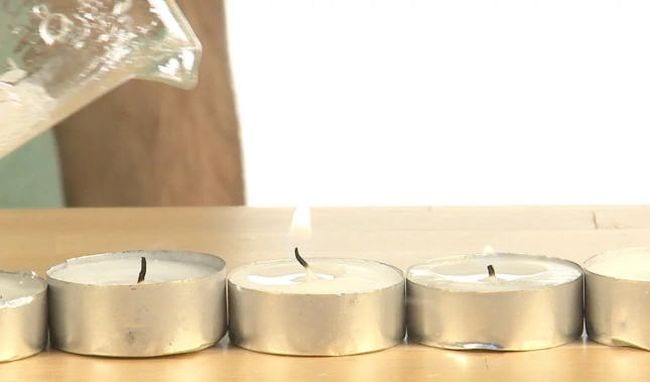
You'll have to heavily supervise this one, but there's so much to be learned that it's worth it. Create an acid-base reaction and "pour" the carbon dioxide onto lit candles to extinguish the flames. Students will learn about the elements needed to make fire, how gasses can act like liquids, and more.
Learn more: Life Hacker & Experimenter/YouTube
33. Shake it up with earthquake science
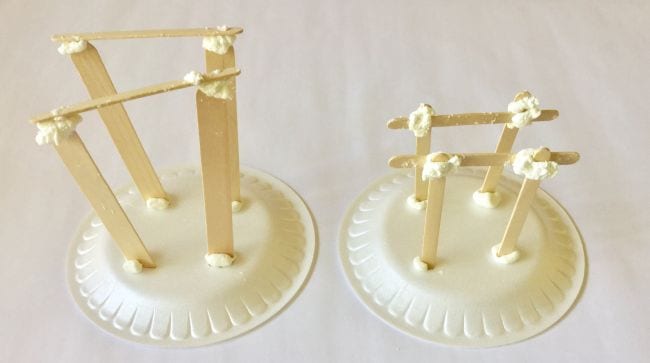
Build simple model structures, then experiment to see how the actions of earthquakes affect them. Different simulations show how engineering can create buildings that withstand serious shocks—or not.
Learn more: Love To Know
34. Create a colorful cell model
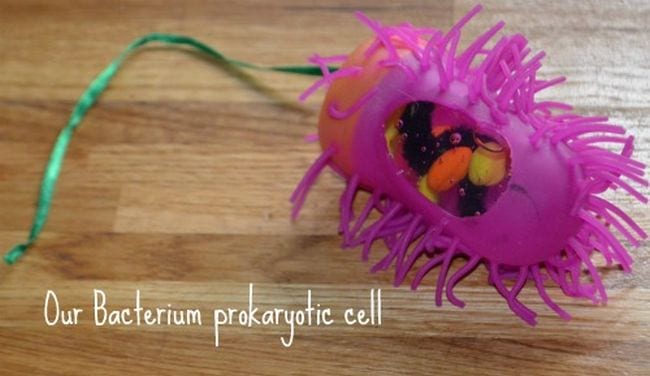
There are lots of cell model projects out there, but this might be one of the cutest ones we've seen! And it's easier to assemble than you might think.
Learn more: Angelicscalliwags
35. Extract DNA from a strawberry
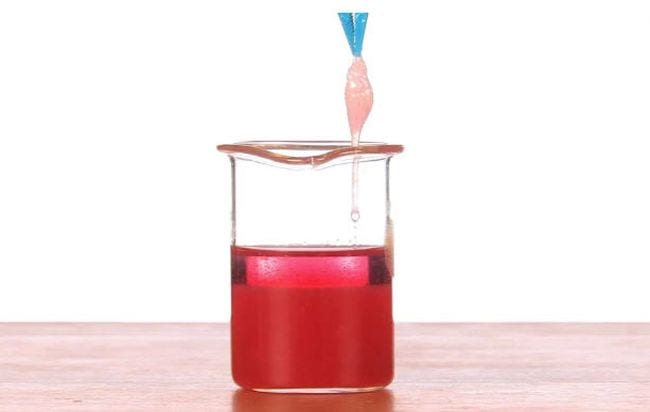
It's surprisingly easy to pull a strand of DNA from this sweet fruit. Teach your kids about genetics and DNA with this 6th grade science project that uses only basic household supplies.
Learn more: Little Bins for Little Hands
36. Learn why leaves change colors in the fall
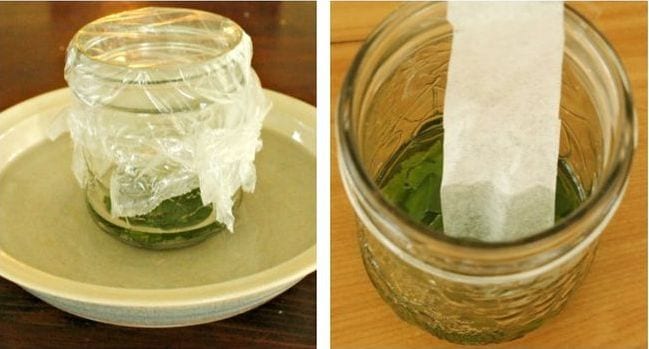
As chlorophyll breaks down, other leaf colors appear. This experiment helps explain the process. It's a really neat hands-on tool for teaching about photosynthesis.
Learn more: How Wee Learn
37. Drop parachutes to test air resistance
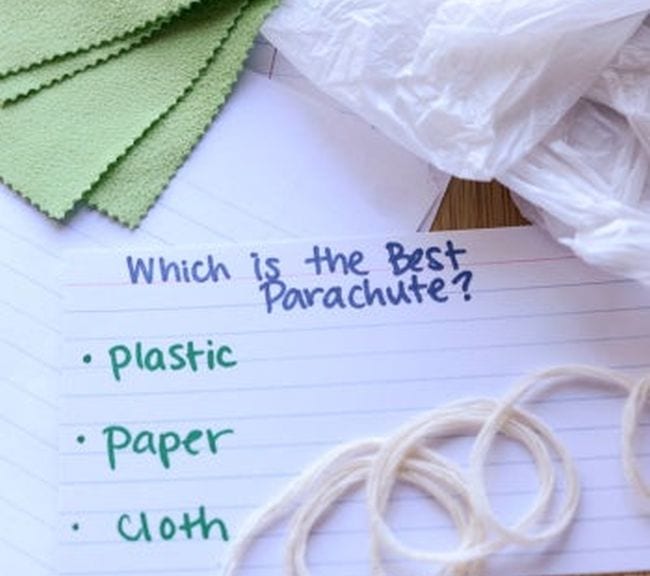
Use the scientific method to test different types of material and see which makes the most effective parachute. Your students also learn more about the physics behind air resistance.
Learn more: Education.com/Parachutes
38. Design a biodome
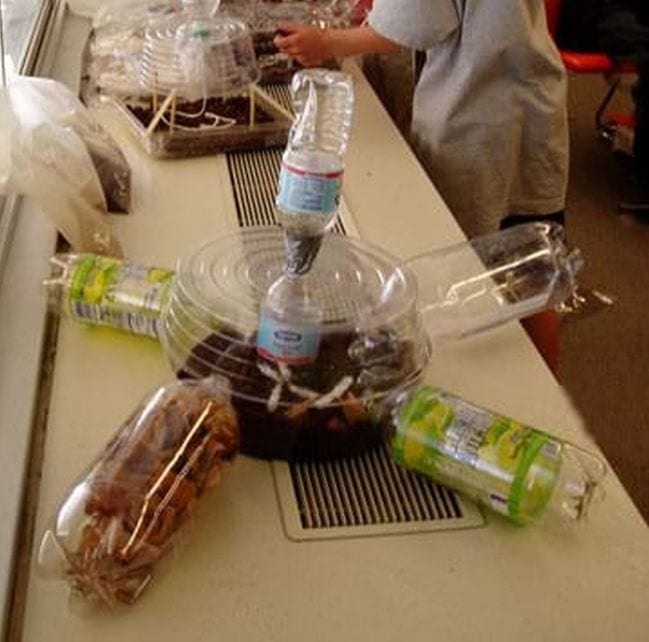
There's so much to learn in this sixth grade science project. Kids build a scale-model biodome to learn more about different environments and ecosystems, decomposition, the food web, and more.
Learn more: Teach Engineering
39. Create compost in a cup
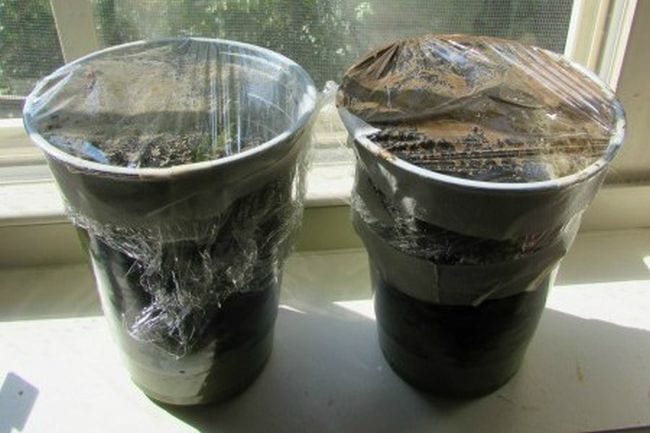
Discover how nature recycles organic material by making and observing mini compost piles. Students will learn about ecology and decomposition with this useful sixth grade science project.
Learn more: The Happy Housewife
40. Dissect a flower
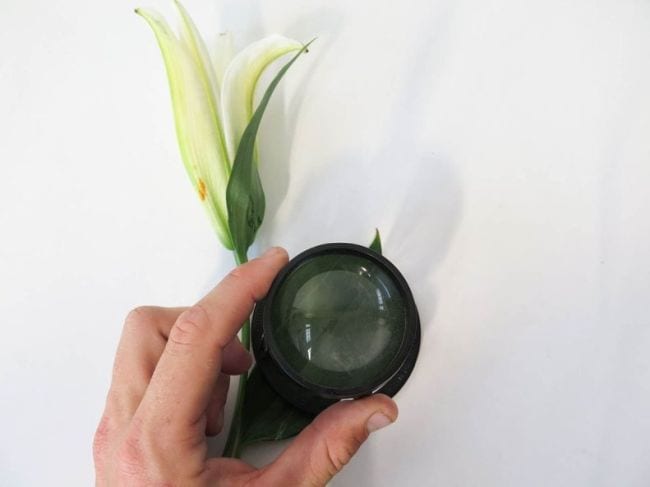
Take a flower apart bit by bit to learn more about botany. Grocery store lilies are inexpensive and large enough for kids to see and identify the various parts. A good hand lens makes this project more enlightening.
Learn more: The Oakland Toy Lab/Instructables
41. Turn an apple into a wrecking ball
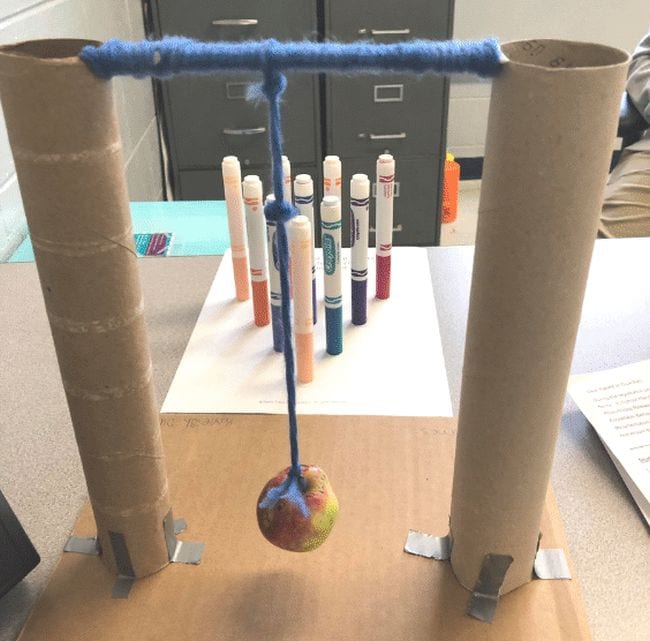
This engineering project explores concepts like potential and kinetic energy and Newton's third law of motion. Kids will have fun building an apple wrecking ball to knock down marker pins, testing their devices for force and accuracy.
Learn more: Feel-Good Teaching
42. Clone some cabbage
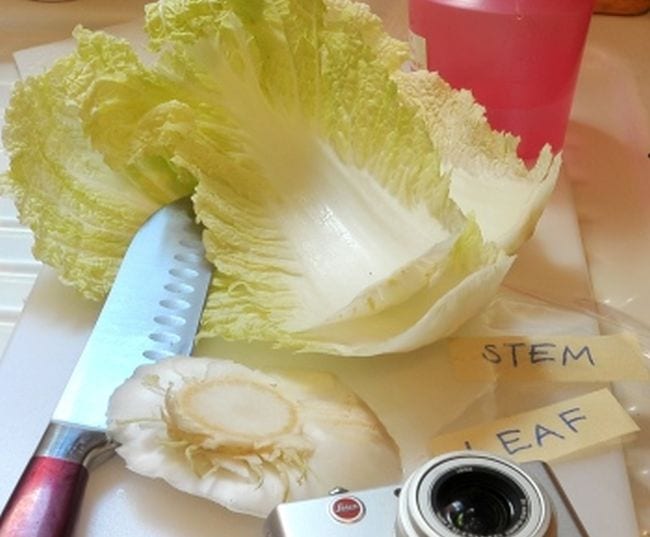
Cloning isn't just for horror movies or hi-tech labs. A leaf of cabbage can easily grow a clone of itself. Students learn about asexual reproduction in this easy sixth grade science project.
Learn more: Education.com/Cabbage Clones
43. Find out if tea and cola stain teeth
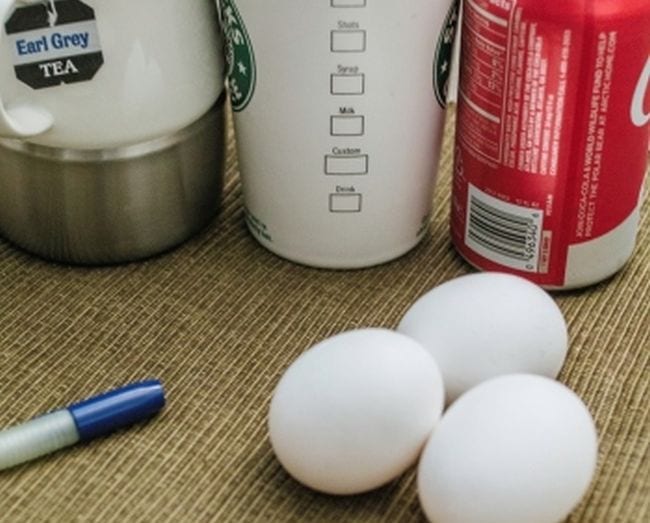
Use eggshells to explore how various beverages can stain teeth. This chemistry experiment also teaches important lessons about dental hygiene.
Learn more: Education.com/Teeth and Eggs
44. Clean up some old coins
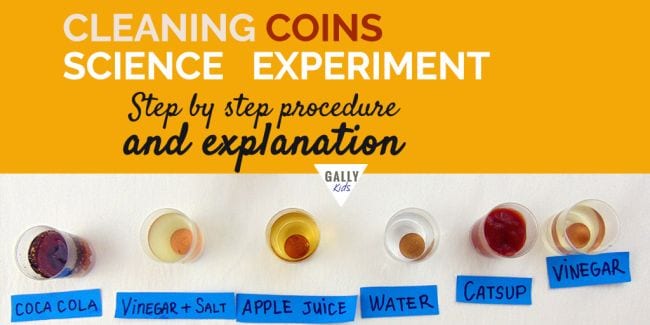
Use common household items to make old oxidized coins clean and shiny again in this simple chemistry experiment. Ask students to predict (hypothesize) which will work best and then do some research to explain the results.
Learn more: Gallykids
45. Pull an egg into a bottle

This is another classic science experiment that never fails to delight. Use the power of air pressure to suck a hard-boiled egg into a jar; no hands required.
Learn more: Left Brain Craft Brain/Egg in a Bottle
Need supplies for your sixth grade science experiments? Check out these 16 Science Kits for Middle and High School That Make Hands-on Lessons Easy.
Plus, get all the latest teaching tips and tricks straight to your inbox by signing up for our newsletters!
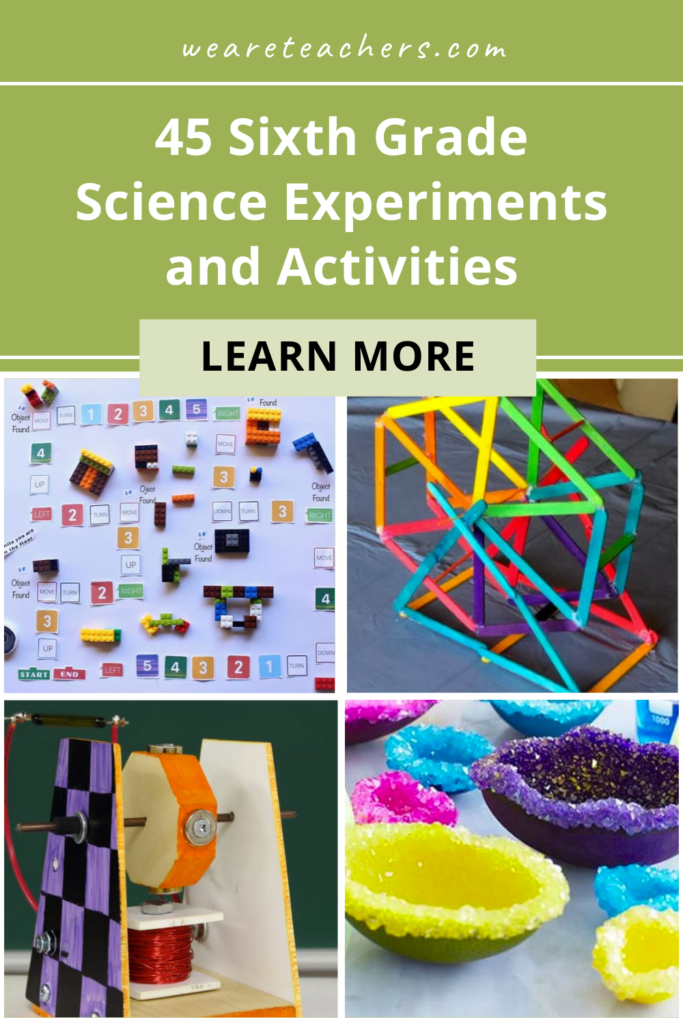
Source: https://www.weareteachers.com/6th-grade-science-projects/
0 Response to "Cool and Easy Science Projects for 6th Graders"
Post a Comment